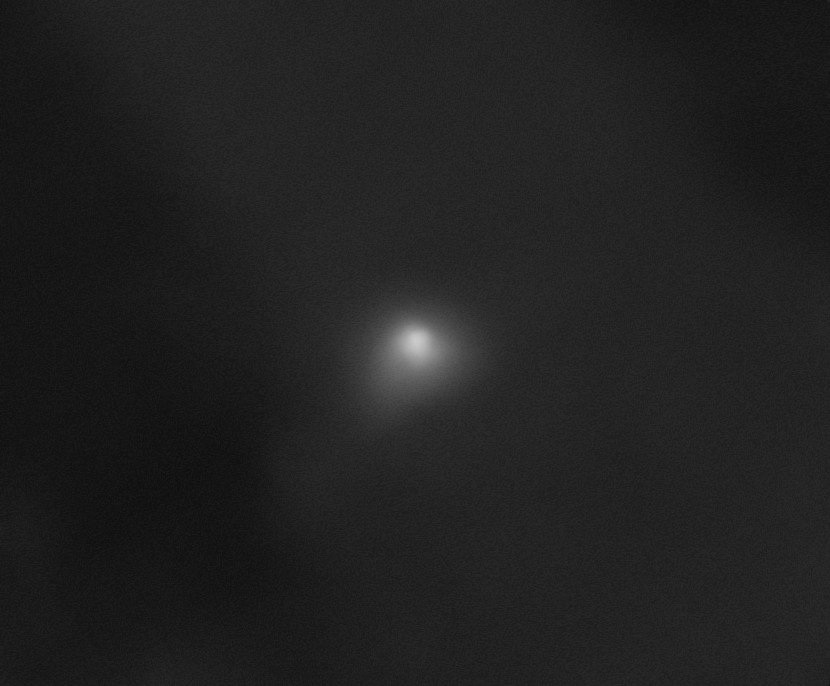NASA Dismisses Alien Speculation
NASA has released new images of the interstellar object known as 3I/ATLAS, confirming it is a comet likely older than our solar system. The space agency dismissed online speculation that the object might be an alien spacecraft. Detected in July by the Asteroid Terrestrial-impact Last Alert System (ATLAS) in Chile, 3I/ATLAS follows an unusual path through the solar system, suggesting its origins lie beyond.
Nicola Fox, NASA’s Associate Administrator for the Science Mission Directorate, referred to it as “our friendly solar system visitor.” She explained, “It behaves like a comet. We’ve seen no technosignatures or signs of anything artificial.”

A Rare Interstellar Visitor
3I/ATLAS is only the third interstellar object ever detected passing through the solar system. The others include 1I/‘Oumuamua, found in 2017, and 2I/Borisov, discovered in 2019. Comets are small celestial bodies made of rock and ice that release gas and dust as they approach a star.
Interest in 3I/ATLAS increased after one scientist suggested it could be alien technology because of its unique path and composition. However, NASA Associate Administrator Amit Kshatriya addressed these rumours directly, stating, “This object is a comet. It looks and behaves like a comet. All evidence points to it being a comet.”
Kshatriya added that NASA remains committed to the search for life beyond Earth. He highlighted findings from the Perseverance rover, which discovered potential signs of ancient microbial life in Martian rocks formed billions of years ago. NASA also confirmed that 3I/ATLAS poses no threat to Earth and will not come closer than about 170 million miles (275 million km).
New Images and Findings
NASA captured new images of 3I/ATLAS using the Hubble and James Webb space telescopes, as well as several Mars-orbiting satellites. The images show a hazy coma — the cloud of gas and dust around the nucleus — and a faint tail of dust trailing behind. The release of these images had been delayed by the recent US government shutdown.
Tom Statler, NASA’s lead scientist for solar system small bodies, said the nucleus is difficult to measure but may be between a few thousand feet and a few miles in diameter. He noted that the nucleus appears nearly round.
NASA scientists believe 3I/ATLAS originated in a solar system older than ours, which formed about 4.5 billion years ago. Its composition, though somewhat different from comets within our system, aligns with expectations for objects formed under different cosmic conditions.
Global Study of 3I/ATLAS
Astronomers worldwide continue to study 3I/ATLAS. Chris Lintott, an astrophysicist at the University of Oxford, said it contains common comet materials such as carbon dioxide, water, carbon monoxide, and cyanide. However, the comet’s high nickel content stood out as unusual but not unprecedented. Similar features were observed in 2I/Borisov and other comets.
Lintott dismissed alien theories, saying, “The idea that 3I/ATLAS could be an alien spacecraft is nonsense. There’s nothing about it that suggests such a thing.”
According to Larry Denneau, co-principal investigator for ATLAS at the University of Hawaii, the comet is now leaving the solar system. Its closest approach to the Sun occurred in October, and it will pass nearest to Earth in about a month.
with inputs from Reuters


